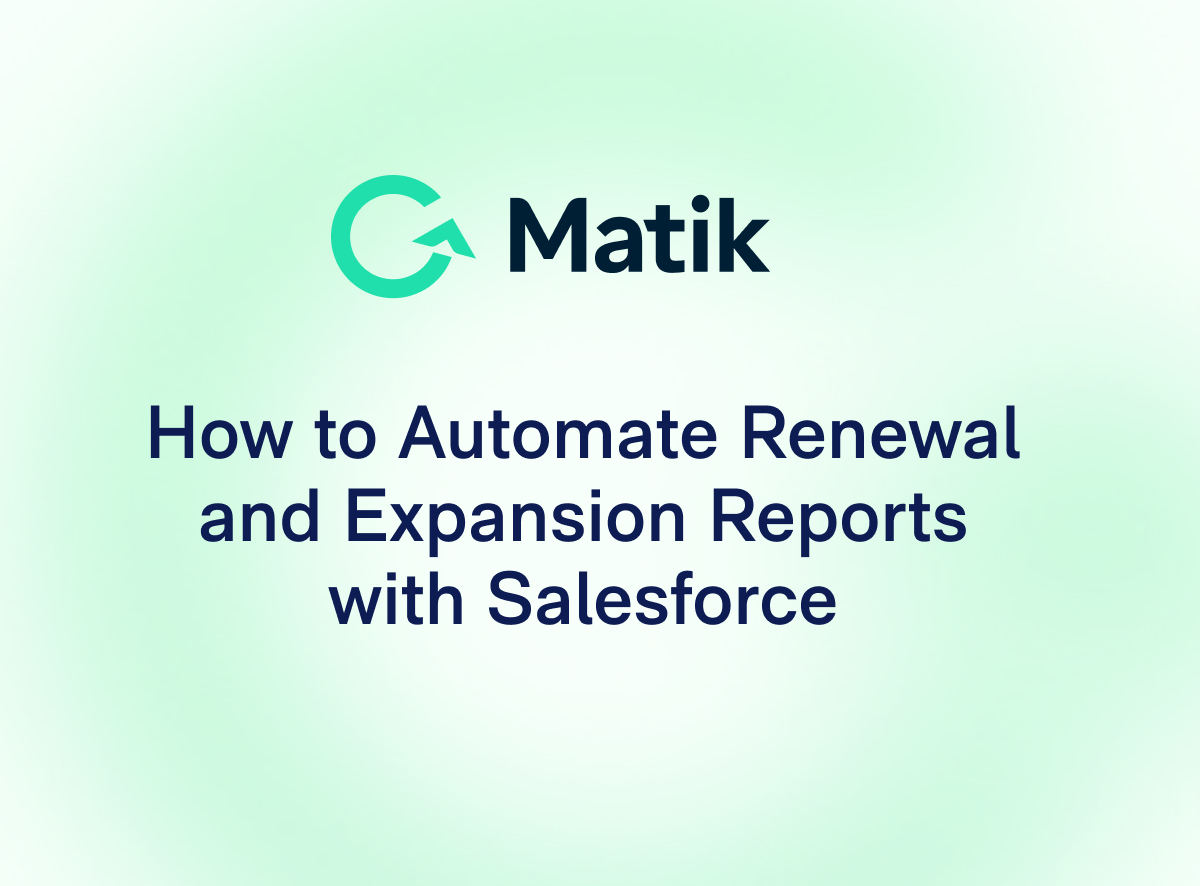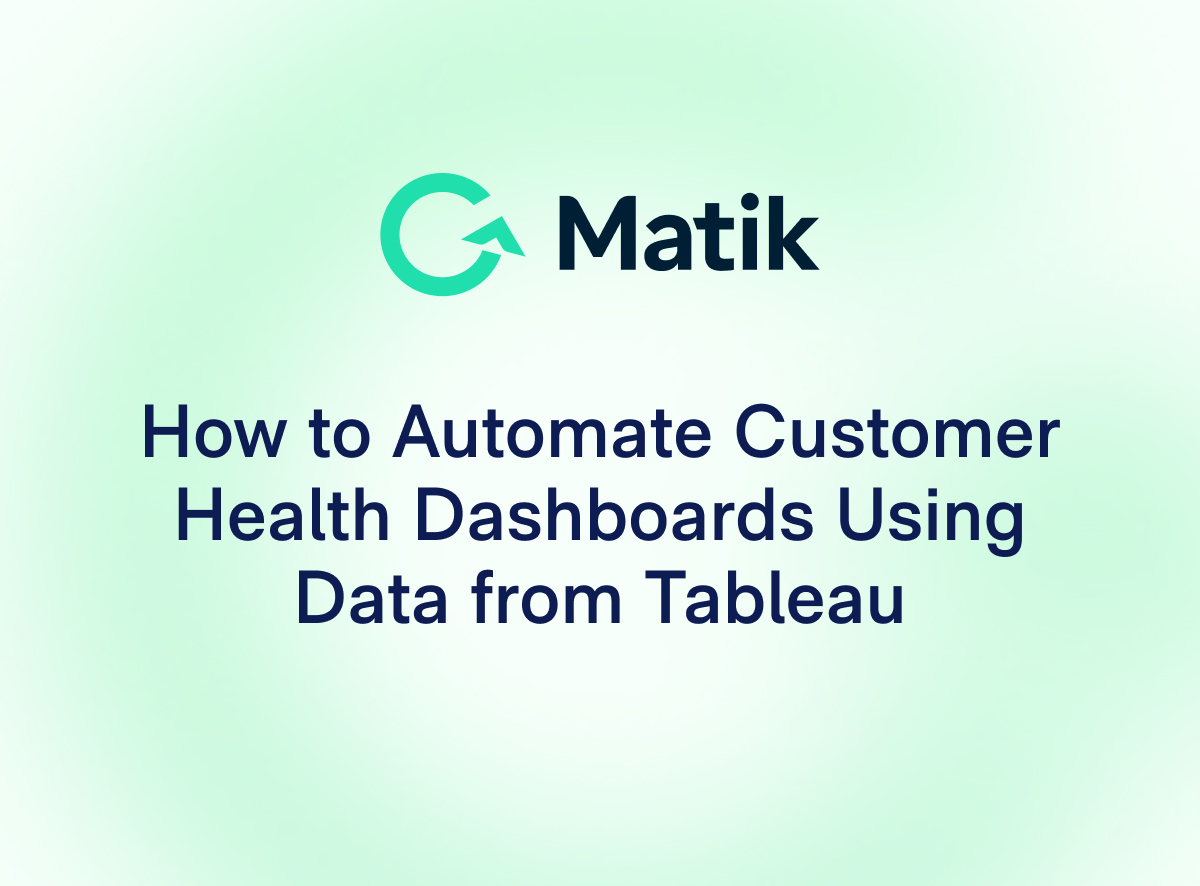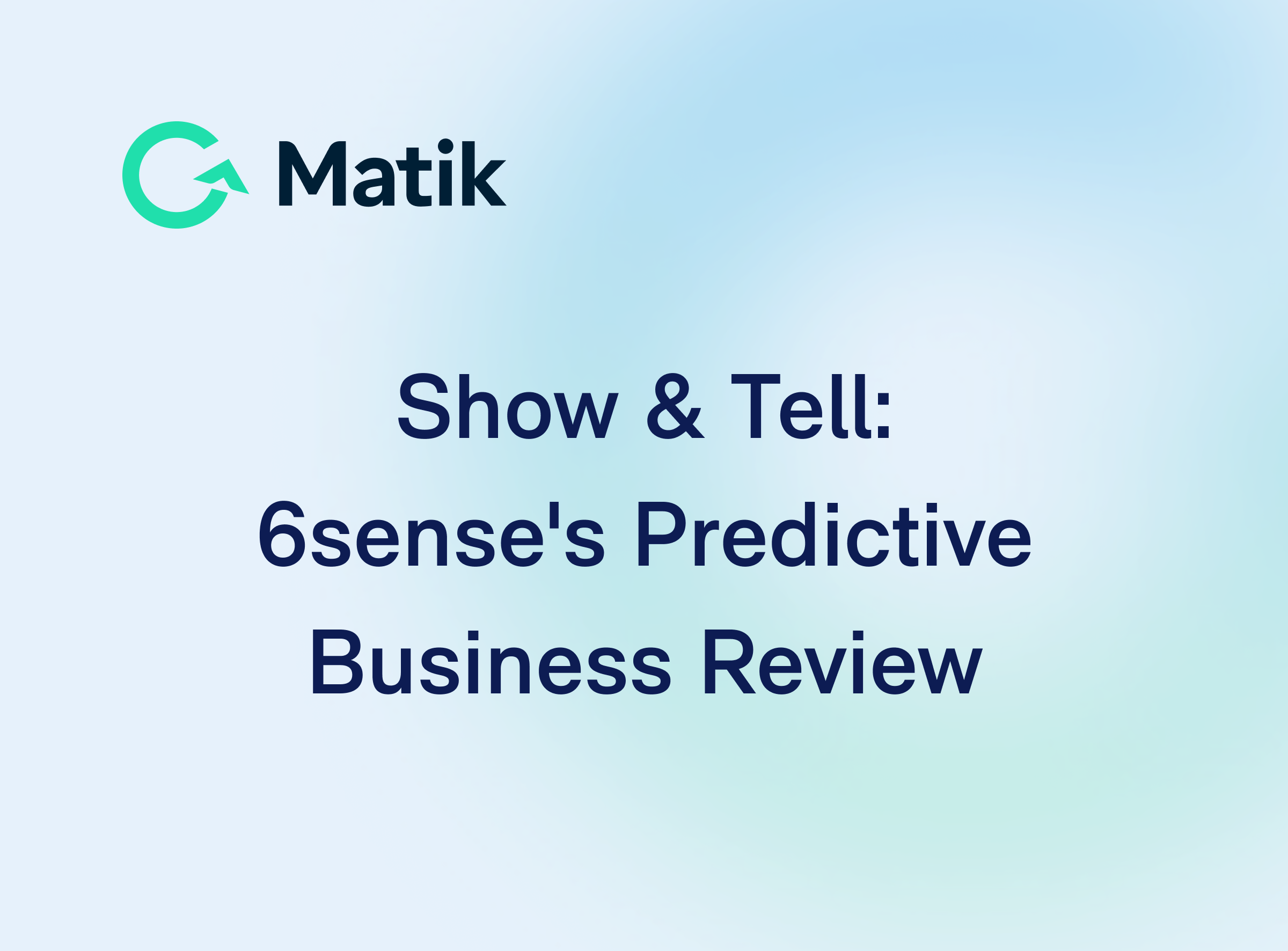Join Our Newsletter
Have you ever been on a check-in call with a customer and you feel their attention waning? You know that your product is delivering value, but you are struggling to provide concrete evidence that supports your claims. Or, perhaps you are throwing impressive numbers their way but the raw data doesn’t seem to resonate.
It’s the worst feeling, to know that your product is addressing a customer’s needs but they are heading towards churning because they don’t understand how those needs are being met.
Fortunately, this situation is solvable. It’s time to take control of customer conversations with data-driven storytelling. When the value of your product is presented in a data-driven story, customers can quickly grasp how they are using your product and why they should continue using it.
What is Data-Driven Storytelling?
Data-driven storytelling is just what it sounds like: it takes data and transforms it into easy-to-understand stories.
When data is presented without context it loses its meaning. Telling a story with data contextualizes the numbers so that they resonate with the audience. It also makes the data easier to remember: according to research from a Stanford professor, when students are asked to recall a speech, 63% remember stories and only 5% remember statistics.
Successful businesses use data to inform decisions. But raw data without context can be overwhelming and confusing, which poses an obstacle when trying to take action based on data. Stories, on the other hand, make data easier to digest. A compelling narrative that’s supported by contextualized data helps guide people to the next action they should take and can propel a business forward.
Why is Data-Driven Storytelling Important?
Using data-driven storytelling in your Customer Success strategy and practices is essential for avoiding conversations like the one described at the beginning of this post and the future success of your business.
As the SaaS industry continues to evolve, customers are becoming savvier than ever. This leads to two important realizations for Customer Success teams:
- Customers are no longer easily swayed by unsubstantiated claims, which makes data an essential part of every touchpoint, check-in, and renewal conversation.
- Customers don’t have patience for wading through hard-to-understand raw data. They want a quick summary of how their company or team is using a product, and they want that summary to be supported by numbers.
Fortunately, those are the exact needs that data-driven storytelling addresses. The most efficient and effective way to prove the value of your product and communicate its value to customers is via a narrative. These stories then become the substantive component of check-in calls, QBRs, and any other engagement efforts.
How to Turn CSMs into Data-Driven Storytellers
Now, you know you need data and you know you need to tell stories with that data. But how?
You don’t have to be a data-whiz to tell data-driven stories. What you need is regular access to the up-to-date data that your customers care about, like who is using your product and how often. From there, you can use the objectives and goals your customer set at the beginning of your partnership to determine the type of data-driven story that you want to tell.
To learn more about how to get started with data-driven storytelling, check out our free eBook.
---
Interested in Matik? Request a Demo















